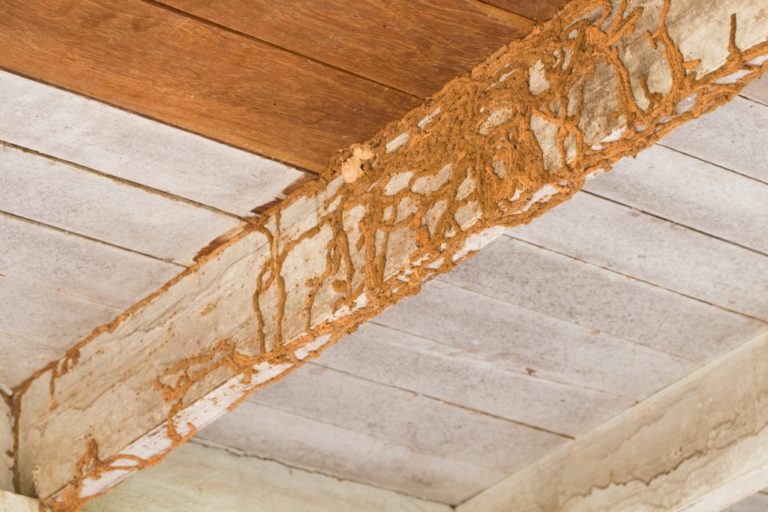One of the best techniques to get rid of pests in your property is through fumigation. This helps remove small mammals, rodents, and insects from your property. People assume that all fumigation entails is a tank filled with the right chemical to spray large areas of an infested property. This is, however, a process that involved lethal liquids, vapors, and smoke to kill pests inside structures and even in fields.
Different chemicals will be used for fumigation of your property based on your pest. The chemicals used for termite control by Salt Lake City-based pest control terminators will, for instance, not be the same as those used for rodents and flying insects. There are some that cut across most pests and will more often than not feature in most fumigation procedures. Here are these commonly used fumigants:
Magnesium Phosphide
This dark gray solid is used in granule or powder form. Magnesium phosphide will generate phosphine gas when mixed with the moisture in your environment or an acid. The gas produced is highly toxic and will get rid of agricultural pests and burrowing pests like termites.
Some terminators use aluminum phosphide that works the same way as magnesium phosphide. This gets rid of pests in all stages of their development. Solid fumigants are considered safer compared to gaseous ones since their application is easy to control.
Methyl Bromide
This is an effective fumigant that kills almost all pests. Methyl bromide is applied in a solid or gaseous form according to where and how the fumigant is applied. It is one of the fastest acting chemicals on the market and is commonly used for outbreaks as a quarantine chemical. Methyl bromide is extremely potent, and its use is restricted to severe infestation and agricultural pests. In residential applications, methyl bromide can get rid of termites, rodents, and insects.

Sulfuryl Fluoride
This is applied as a pressurized liquid gas. It is used for the control of pests in residential settings and in dry fruits, cereal grains, and tree nuts. It is also used in lumber and automobile yards, though not routinely. Other than its toxicity, sulfuryl fluoride might cause severe skin irritation and burns when in a liquid state. An area will, therefore, be cleared of animals and humans before the use of sulfuryl fluoride gas for fumigation.
Calcium Cyanide
This is a solid fumigant that will react with the moisture in your environment to form hydrogen cyanide. This is a highly toxic fumigant to almost all pests in your environment. Unfortunately, the gas is highly toxic to pets and humans and is generally restricted to outdoor areas where it can disintegrate fast into harmless compounds.
Picking the right chemical for your property’s fumigation is no easy feat. It requires expertise to get the right formulation for the killing of pests with minimal harm to other elements in your environment. The fumigation technique is also customized, so that the chemical will penetrate every nook and cranny of your interiors. When fumigating outdoors, most pest control companies will use a nylon or plastic tent to contain the chemical in a treatment area.






